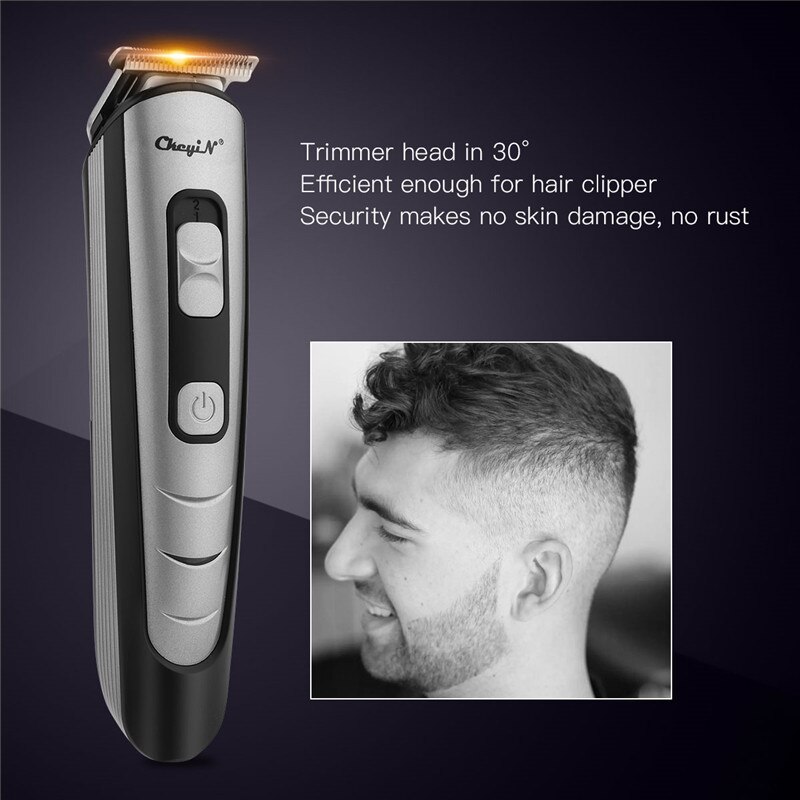Selecting the appropriate hair clippers is a crucial determination for any barber seeking to create the perfect haircut. With a wide array of choices available on the industry nowadays, it can be daunting to determine which hair clippers will best fit your specific barbering style and methods. From the humming sounds of the tools to the sensation of the cutting edge moving through hair, the appropriate equipment can make all the impact in providing a high-quality service to your clients.
Understanding the diverse aspects, types, and manufacturers of clipping devices is crucial for both aspiring and experienced groomers. Each clipper has its own advantages and weaknesses, designed for different techniques and hair textures. As we dive deep into the realm of hair clippers, this resource will furnish valuable insights to help you choose the ideal clippers that fit your distinctive methodology to barbering. Whether you specialize in detailed fades or textured hairstyles, the appropriate tools can boost your craft and enhance your client's journey.
Categories of Hair Trimmers
When selecting hair trimmers, understanding the different types on the market is important for obtaining the desired results in hair cutting. The most popular types are corded and cordless clippers. Corded clippers provide reliable power, which makes them ideal for extended sessions where consistency is key. best hair clippers for men tend to have more powerful motors, which can cut through thicker hair. On the other hand, wireless clippers offer flexibility and freedom of motion, allowing barbers to maneuver without being tethered to an outlet. Battery life is crucial for cordless options, so always try to keep in mind how much time they can operate on a full charge, particularly during busy days.
Another crucial aspect is the clipper blade style. Blades can be classified as metal or ceramic. Stainless steel blades are durable and offer a classic feel, while ceramic blades remain cooler during use and lower the risk of getting too hot. Ceramic blades also tend to remain sharper longer, which makes them a preferred choice for some professionals. Understanding the blade style can significantly affect the quality of the trim and the longevity of the trimmers.
Finally, clipper dimensions and weight can impact comfort and manipulation. Smaller, light clippers are more manageable to handle during precision work, while larger, heavier models might provide a sense of stability for wider cuts. Some barbers prefer a combination between the two for flexibility. Ultimately, the decision in clipper size and weight should align with the barber's individual style and preference for comfort during use.
Crucial Elements to Think About
When choosing hair clippers, the motor type is one of the key features to evaluate. A strong motor ensures that the clippers can easily cut through different hair types and thicknesses without tugging. Generally, there are two main motors: magnetic and pivot. Magnetic motors are faster and suitable for fine to medium hair types, while pivot motors provide more torque and are more appropriate for thick hair or bulk cutting. Understanding the motor's will help you choose a clipper that meets your specific barbering needs.
The quality of the blades and material also are crucial in the effectiveness of hair clippers. Stainless steel blades are known for their durability and resistance to rust, while ceramic-coated blades offer a precision edge that stays temperature-stable during use. Some clippers come with interchangeable blades, allowing you to adjust the cutting length with ease, which can be particularly advantageous for creating various styles and looks. Make sure to consider the simplicity of cleaning and maintenance as well, as this will impact the lifespan of the clippers.
The battery duration is another important consideration, especially for those who favor cordless options. A clipper with a long-lasting battery allows for continuous service during busy hours. Look for models that offer fast charging or those that provide a corded backup in case the battery depletes. Additionally, pay attention to the weight and ergonomics of the clippers. A comfortable grip will make a substantial difference during extended use, helping to reduce fatigue and improve overall efficiency.
Maintenance and Maintenance Tips
To guarantee your hair clippers remain in peak condition, frequent cleaning is crucial. After each use, remove any hair clippings and debris from the blades and body of the clippers. You can utilize a small brush or an air compressor for this purpose. Make it a habit to wipe down the blades with a disinfectant to prevent any buildup of bacteria, which is crucial for maintaining hygiene in your barbering environment.
In addition to cleaning, proper oiling of the blades is important for smooth operation. Apply a few drops of clipper oil to the blades after a few uses, or whenever they seem to operate less efficiently. Oiling decreases friction, minimizes wear and tear, and helps prevent rust. It is vital to follow the manufacturer's guidelines about oiling to avoid any harm to the clipper's components.
Lastly, consistently store your clippers in a safe place when not in use. Refrain from leaving them exposed to extreme temperatures or moisture, as this can damage the electrical components and blades. Consider using a protective case or pouch to keep them safe from physical harm. By following these simple maintenance and care tips, you can extend the life of your clippers and ensure they perform at their optimal for years to come.

